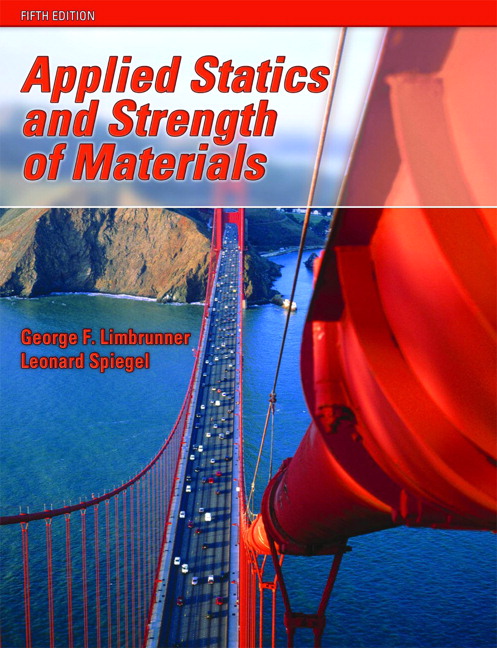In this guide, we present how to perform constraint-based causal discovery using three popular software packages: pcalg (with add-ons tpc and micd), bnlearn, and TETRAD. We focus on how these packages can be used with observational data and in the presence of mixed data (i.e., data where some variables are continuous, while others are categorical), a known time ordering between variables, and missing data. Throughout, we point out the relative strengths and limitations of each package, as well as give practical recommendations. We hope this guide helps anyone who is interested in performing constraint-based causal discovery on their data.
翻译:在本指南中,我们介绍如何使用三种流行的软件包:calg(配有附加技术、麦克风和麦克风)、bnlearn和TETRAD, 进行基于限制的因果发现。我们侧重于这些软件包如何在观测数据和混合数据(即某些变量是连续的,而其他变量则是绝对的)的情况下使用,这是已知变量和缺失数据之间的时间顺序。我们从整体上指出每个软件包的相对长处和局限性,并提出切实可行的建议。我们希望该指南帮助任何有兴趣对其数据进行基于限制的因果发现的人。

